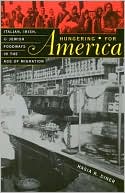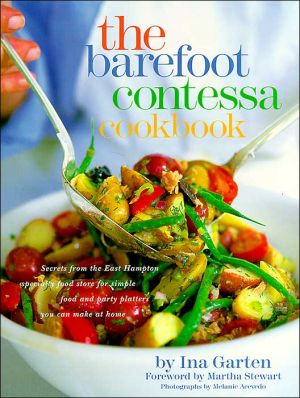Hungering for America: Italian, Irish, and Jewish Foodways in the Age of Migration
Search in google:
Millions of immigrants were drawn to American shores, not by the mythic streets paved with gold, but rather by its tables heaped with food. How they experienced the realities of America's abundant food--its meat and white bread, its butter and cheese, fruits and vegetables, coffee and beer--reflected their earlier deprivations and shaped their ethnic practices in the new land. Hungering for America tells the stories of three distinctive groups and their unique culinary dramas. Italian immigrants transformed the food of their upper classes and of sacred days into a generic "Italian" food that inspired community pride and cohesion. Irish immigrants, in contrast, loath to mimic the foodways of the Protestant British elite, diminished food as a marker of ethnicity. And, East European Jews, who venerated food as the vital center around which family and religious practice gathered, found that dietary restrictions jarred with America's boundless choices. These tales, of immigrants in their old worlds and in the new, demonstrate the role of hunger in driving migration and the significance of food in cementing ethnic identity and community. Hasia Diner confirms the well-worn adage, "Tell me what you eat and I will tell you what you are." Publishers Weekly In this fascinating survey of the eating habits and influences of Jewish, Italian and Irish immigrants, Diner, a professor of American Jewish history at New York University, charts with wit and graceful prose the similarities and differences between these three distinct groups as they encountered mainstream American culture. Italian immigrants, fleeing poverty and a rigid, class-based economic system, found in America the ability to take "possession of elite food associated with the well-off" and to forge a new collective ethnic identity; in doing so they introduced Italian cuisine to America and created lucrative culinary business opportunities. The Irish, fleeing famine, did not possess a complex "national food culture" because they came from a place "where hunger... defined identity." But many Irish women became cooks and servants (and incidentally, were always called "Biddy"), and thereby entered domestic American life and became familiar with its bourgeois foods and customs. Eastern European Jews "lived in a world where food was sacred for all," as well as tightly controlled by religious law. Like Italians, Jews made their food a public statement of identity, and the availability of nonkosher foods in the U.S. exacerbated conflicts between traditional and assimilationist factions. Diner deftly juggles a huge amount of detail and analysis drawing upon memoirs, cookbooks, newspaper accounts, films and studies of consumer culture and provides both political and social insights in a highly accessible social history. (Jan.) Copyright 2001 Cahners Business Information.
Preface1Ways of Eating, Ways of Starving12Black Bread, Hard Bread: Food, Class, and Hunger in Italy213"The Bread Is Soft": Italian Foodways, American Abundance484"Outcast from Life's Feast": Food and Hunger in Ireland845The Sounds of Silence: Irish Food in America1136A Set Table: Jewish Food and Class in Eastern Europe1467Food Fights: Immigrant Jews and the Lure of America1788Where There Is Bread, There Is My Country220Notes233Index285








